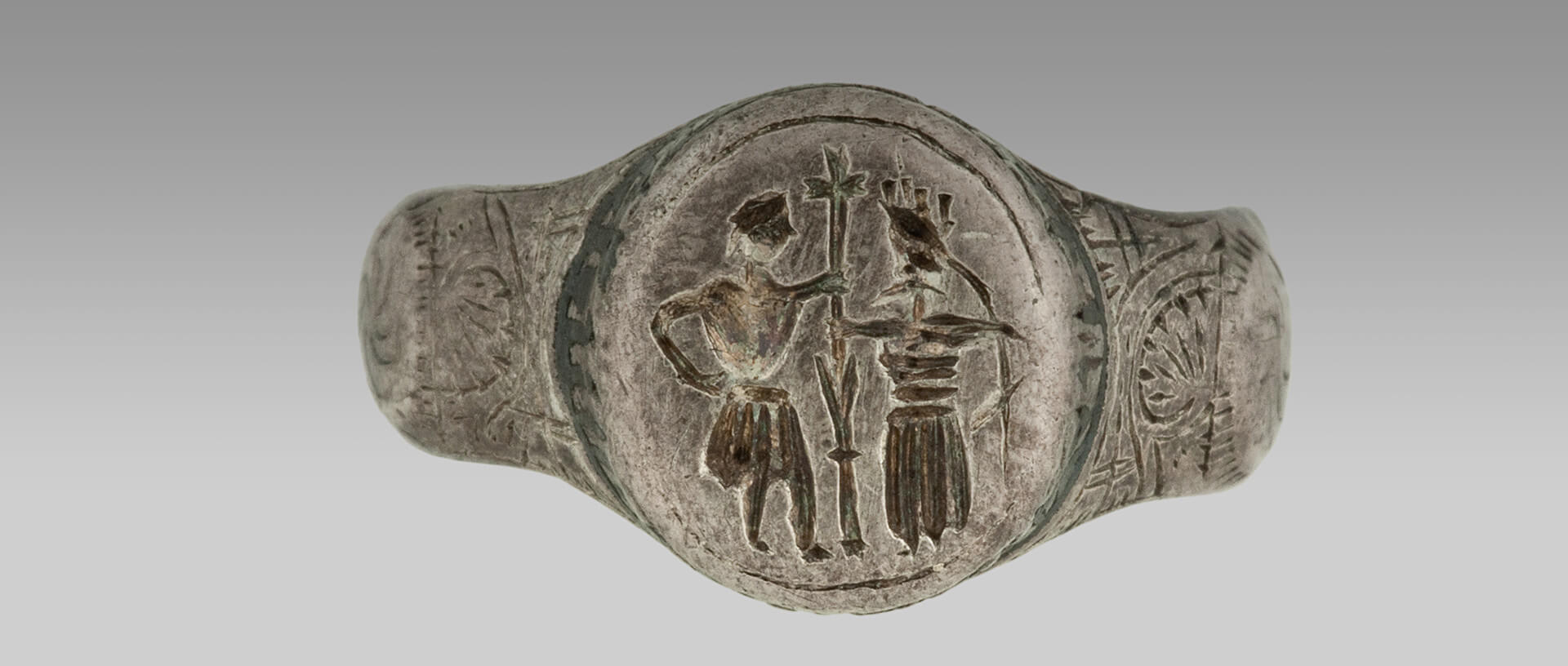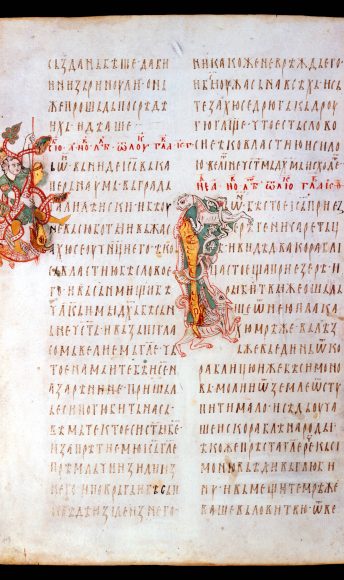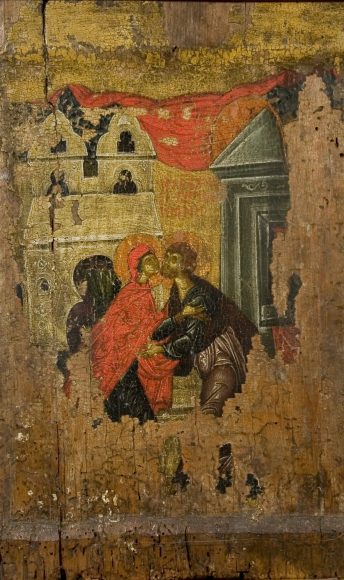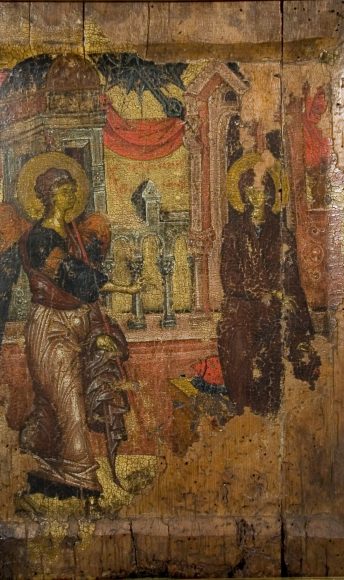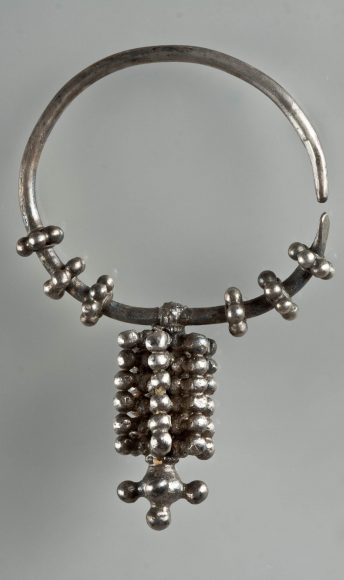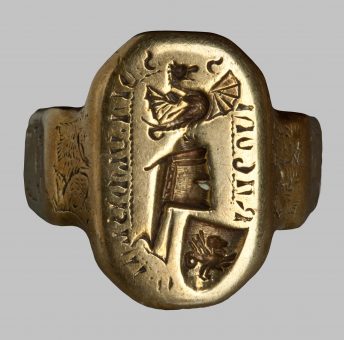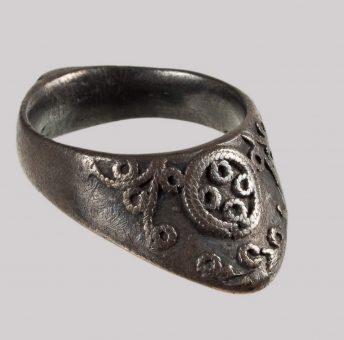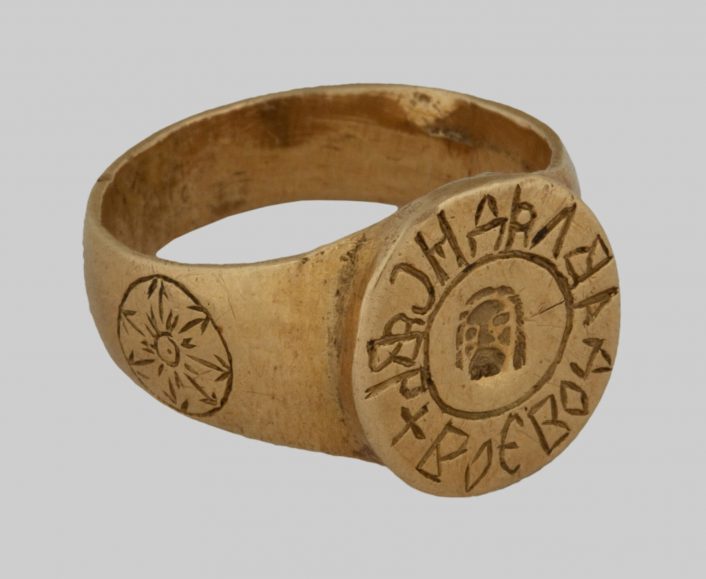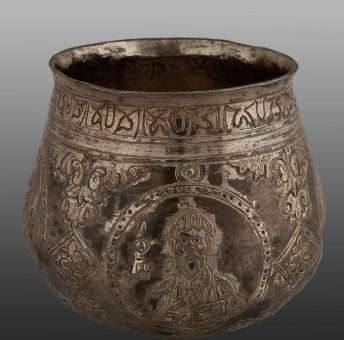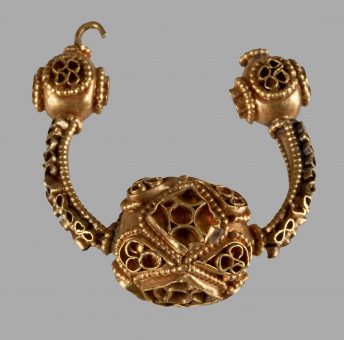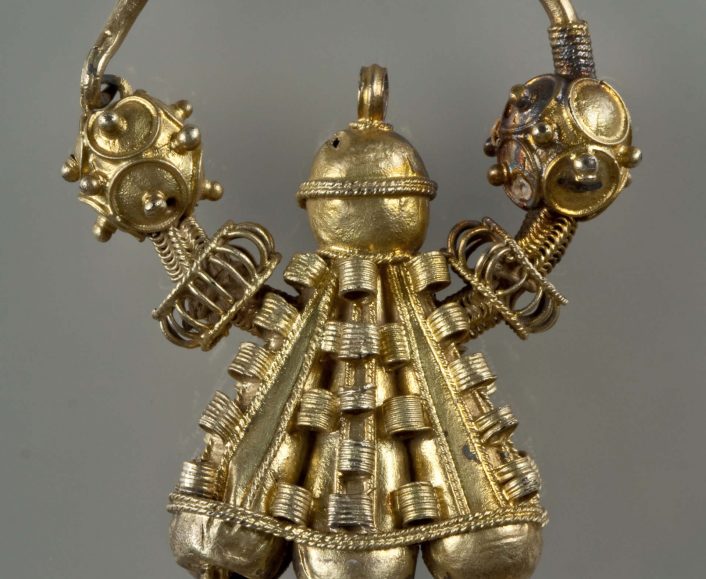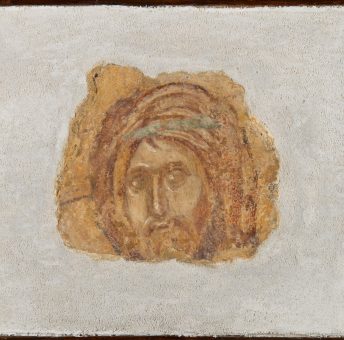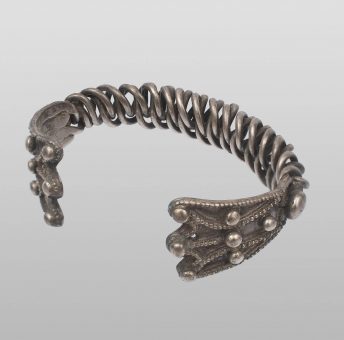Serbian Medieval and Byzantine Art Collection contains artefacts from the Medieval Serbia and Byzantine world from the period between the 7th and 16th century. The collection is characterised by representative works that belong to main streams of Serbian Medieval and Byzantine Art, originating often from the legacies of rulers and church dignitaries.
Monumental art in the Collection is represented by architectural sculpture (Banjska Monastery, Sveti Arhanđeli Monastery) and frescoes, from those that testify the development of art since the beginning of the Serbian state (Monastery Đurđevi Stupovi), through the 13th century frescoes that represent the peak of Ortodox art (Gradac Monastery) to versatile ones of the 16th century (Bogorodica Ljeviška Church, Žiča Monastery, Pećka Patrijaršija Monastery, Sveti Arhanđeli Monastery).
The majority of icons that belong to the Collection date back to the 14th century. The highlights among icons are the 14th century two-sided icon from Ohrid representing Our Lady of Hodegetria on one side and the Annunciation on the other, and the 16th century icon representing St.Simeon and St.Sava.
The Collection includes one most valuable cultural treasures from the Medieval period, illuminated manuscript Miroslav Gospel (1186), which is listed in the UNECSO’s Memory of the World Register since 2005. Other highlights of the Collection include enamel plates from the Hilandar Monastery (11th century), the ring of Prince Radoslav (1219-1220), the ring of Queen Teodora (c. 1322), the vestment of Emperor Ivan Aleksandar (1331-71), as well as rare examples of the preserved profane textile.
Curator: Aleksandra Nitic, Senior Curator
a.nitic@narodnimuzej.rs


